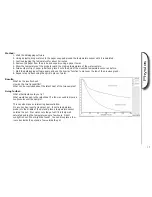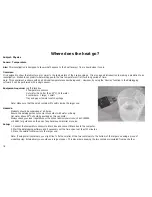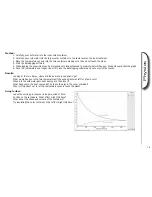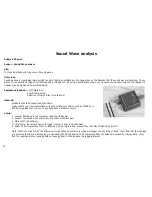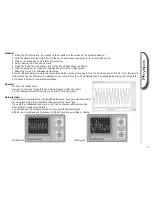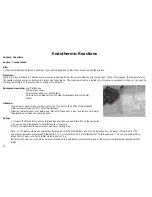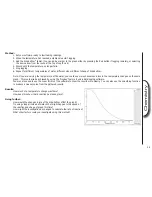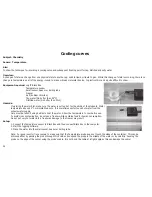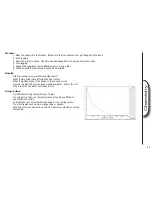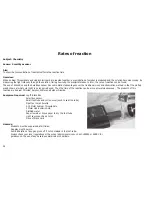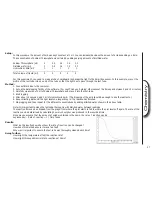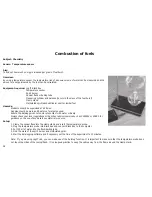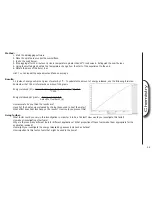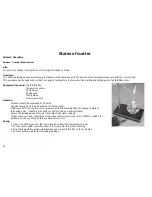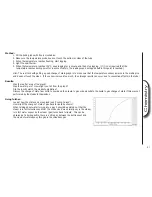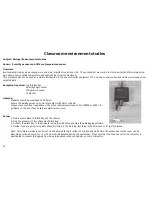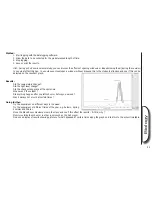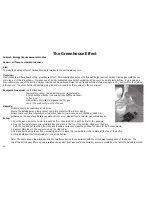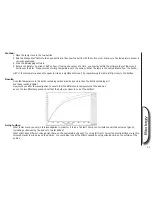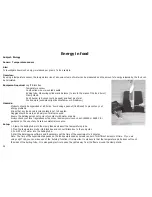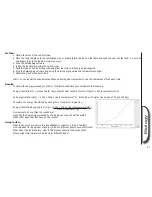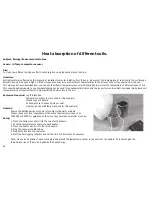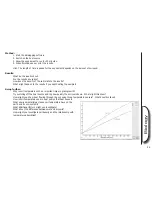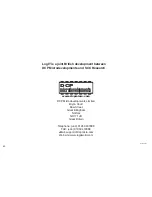
29
Chemistry
Method:
1. Start the datalogging software.
2. Place the spirit burner under the conical fl ask.
3. Ignite the spirit burner.
4. Stop logging after 10 minutes or a rise in temperature greater than 40
O
C is observed. Extinguish the spirit burner.
5. Using the plotted graph obtain the temperature change from the start of the experiment to the end.
6. Obtain the mass of the burnt fuel.
Hint: You can repeat the experiment and take an average.
Results:
4.2 joules of energy will raise 1 gram of water by 1
O
C. To calculate the amount of energy released, use the following formulae.
Remember that 100 ml of water has a mass of 100 grams
Energy released (kJ) = mass of water (g) x temperature rise (
O
C) x 4.2
1000
Energy released per gram = Energy released (kJ)
Amount of fuel burnt (g)
How accurate do you think the results are?
Has all of the heat energy released by the fuel been used to heat the water?
What effect does heat loss have on the results? How could you prevent this?
Going further:
What factor could you vary in this investigation in order for it to be a fair test? How would you investigate this factor?
How about investigating other fuels?
Why are there so many different fuels for different applications? What properties of these fuels make them appropriate for the
application involved?
How might you investigate the energy released by gaseous fuels such as butane?
How important is this test on fuels that might be used in the home?



